Best shock collars for small dogs (2024)
Today, we’re going to talk about shock collars that are made especially for best shock collar for small dogs. Recent research from respected pet industry organizations, such as the American Veterinary Society of Animal Behavior and the Journal of Applied Animal Behavior Science, suggests that small and large dogs may benefit from using shock collars for training purposes if they are used correctly.
These studies show how important it is to train dogs in the right way. It’s important to have collars with adjustable settings so they can fit smaller breeds.
The scientists say,
“These findings refute the suggestion that training with an E-collar is either more efficient or results in less disobedience, even in the hands of experienced trainers. In many ways, training with positive reinforcement was found to be more effective at addressing the target behavior as well as general obedience training.
This method of training also poses fewer risks to dog welfare and the quality of the human-dog relationship. Given these results, we suggest that there is no evidence to indicate that E-collar training is necessary, even for its most widely cited indication.”
source: American Veterinary Society of Animal Behavior

The first thing you need to know before buying a shock collar is what a shock collar is.
What is a shock collar for small dogs?
A shock collar, also known as an electronic or e-collar, is a device that uses gentle electric stimulation to help in dog training. The collar consists of a receiver attached to the dog’s collar and a remote control operated by the owner or trainer.
Types of shock collars for small dogs
There are several types of shock collars for small dogs available on the market, each designed to serve specific training purposes. Here are some common types:
- Static or Electric Shock Collars
- Vibration Collars
- Citronella Spray Collars
- Ultrasonic Collars
- Combination Collars
- Bark control shock collars
- Remote shock collars
Uses of shock collars for small dogs
Shock collars for small dogs can be used for various purposes in dog training, but it’s important to remember that they should always be used responsibly and humanely. Shock collars are often used for the following:
Basic Training for Obedience
Dogs can learn simple commands like “sit,” “stay,” and “come when called” with the help of shock collars.
Control of Barking
Collars with bark sensors can be used to prevent excessive barking. The collar activates when it detects the dogs are barking
Boundary Training
With a shock collar, you can set invisible boundaries that keep dogs from crossing certain places.
Aggression or Behavioral Issues
Shock collars are sometimes used to stop aggressive behavior or other problems with behavior. But this should only be done with the help of a professional dog teacher or behaviorist.
Off-Leash Trainings
When training a dog off-leash, a shock collar can be a useful remote-control device for communicating and reinforcing orders.
Remote control training
Shock collars with remote controls allow trainers or owners to correct unwanted behaviors, even if they are far away.
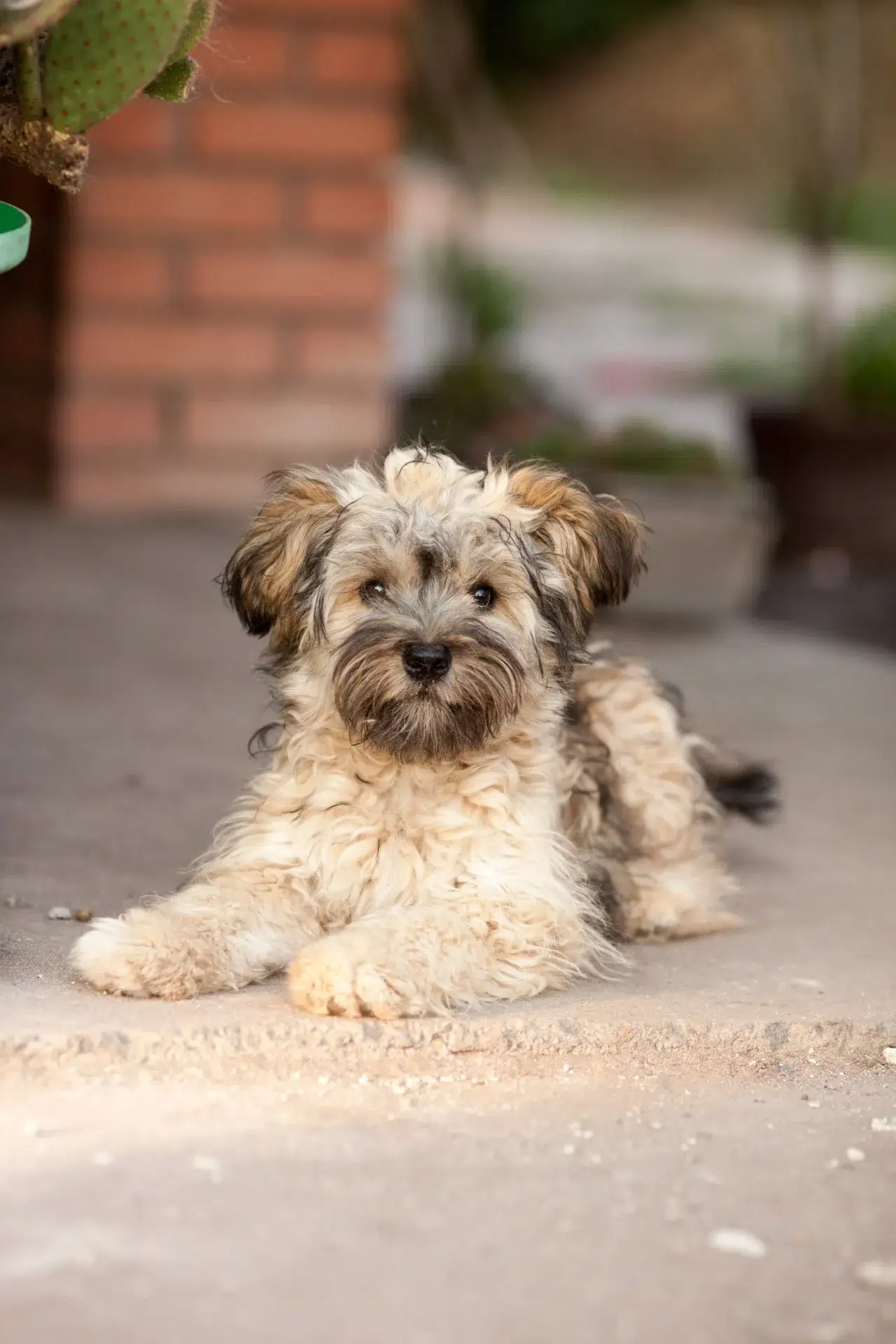
How to train a small dog using shock collars?
To keep your furry friend safe while training it with a shock collar, you need to be patient, consistent, and take care of things. Here is a step-by-step guide:
- Choose the Right Collar: Choose a shock collar that is only made for small dogs. Make sure it has settings that can be changed so that the stimulation fits your dog’s size and level of sensitivity.
- Getting Your Dog Used to It: Show your dog the collar without turning it on. Before taking any corrective steps, let them sniff it and get used to how it feels on their skin.
- Positive Association: Connect the collar with good feelings by giving treats or praise when you put it on. This helps the dog feel good about being around the collar.
- Start with Simple Commands: Start training with simple commands that your dog already knows. When the dog does what you say, use the shock collar as a tool for training by giving it a gentle shock.
- Use Low Intensity: Start with the lowest strength and gradually increase if needed. Use minimal excitement to grab your dog’s attention.
- Perfect timing: give the advice right after the bad behavior. In this way, you help your dog relate the correction to the deed.
- Consistency is Crucial: It is very important to be consistent with your instructions and corrections. Being inconsistent can make your dog confused and make the training less effective.
- Training lessons: Make sure that training lessons are short and positive. Don’t give your small dog too much to handle, and end on a good note with a treat.
- Get Help from a Professional: If you’re not sure how to use a shock collar on your dog, talk to a professional dog trainer. They can advise on how to use it correctly and offer different ways to learn.
AN EXPERT TIP FOR NEW USERS: Don’t forget that shock collars shouldn’t be the only way you train your dog. For training to work, you need to use positive feedback, be patient, and understand. Always put your dog’s health and happiness first.
Conclusion:
As we learn more about the controversial topic of the best shock collars for small dogs, it becomes clear that ethical and responsible use are the most important things to keep in mind. Collarcharm.com is a lighthouse that guides dog owners through this process by stressing how important it is to make smart choices.
To teach our pets good behavior, it’s important to use positive reinforcement techniques and take the time to understand their unique personalities and needs. When training a small dog, remember to build a loving, trusting, and respectful relationship, not just rely on the collar.
FAQs
1: Are shock collars safe for small dogs?
When used properly, shock collars can be safe, but it’s important to pick a collar made just for small breeds and follow the rules to keep your pet from getting hurt or upset.
2: Can shock collars replace traditional training methods?
Shock collars should complement, not replace, traditional training techniques. Consistency and positive feedback are still very important for training to work.
3: What are alternative training methods for small dogs?
Alternatives include positive reinforcement, clicker training, and behavior modification techniques. Talk to an experienced dog trainer about strategies that will work best for your dog.
4: How do I figure out what level of shock my small dog needs?
Start with the lowest intensity and see how your dog reacts. Make sure the settings on the collar are right for your dog’s size and sensitivity before you make any changes.
5: Are there risks of overusing shock collars?
Dogs can have behaviour problems and stress if they use shock collars too much or in the wrong way. It is very important to use them wisely and get help from a professional if you need to.
6: Can shock collars cause long-term harm to small dogs?
Long-term harm can result from improper use. To avoid bad results, you must train your dog properly, give it breaks often, and watch how it reacts.
7: Do shock collars work for all small dog breeds?
The effectiveness of shock collars can vary based on the dog’s temperament and breed. How well a shock collar works can depend on the breed and temperament of the dog, as well as the owner’s training ability.
8: How can I make shock collar training a positive experience for my small dog?
It’s best to use treats, praise, or positive feedback along with shock collar corrections. This makes a good connection with the teaching process.
9: What role does collarcharm.com play in teaching with a shock collar?
Collarcharm.com is a one-stop shop for small dog owners looking for information, reviews of products, and help from other dog owners as they train their dogs.
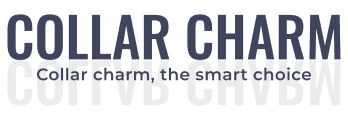
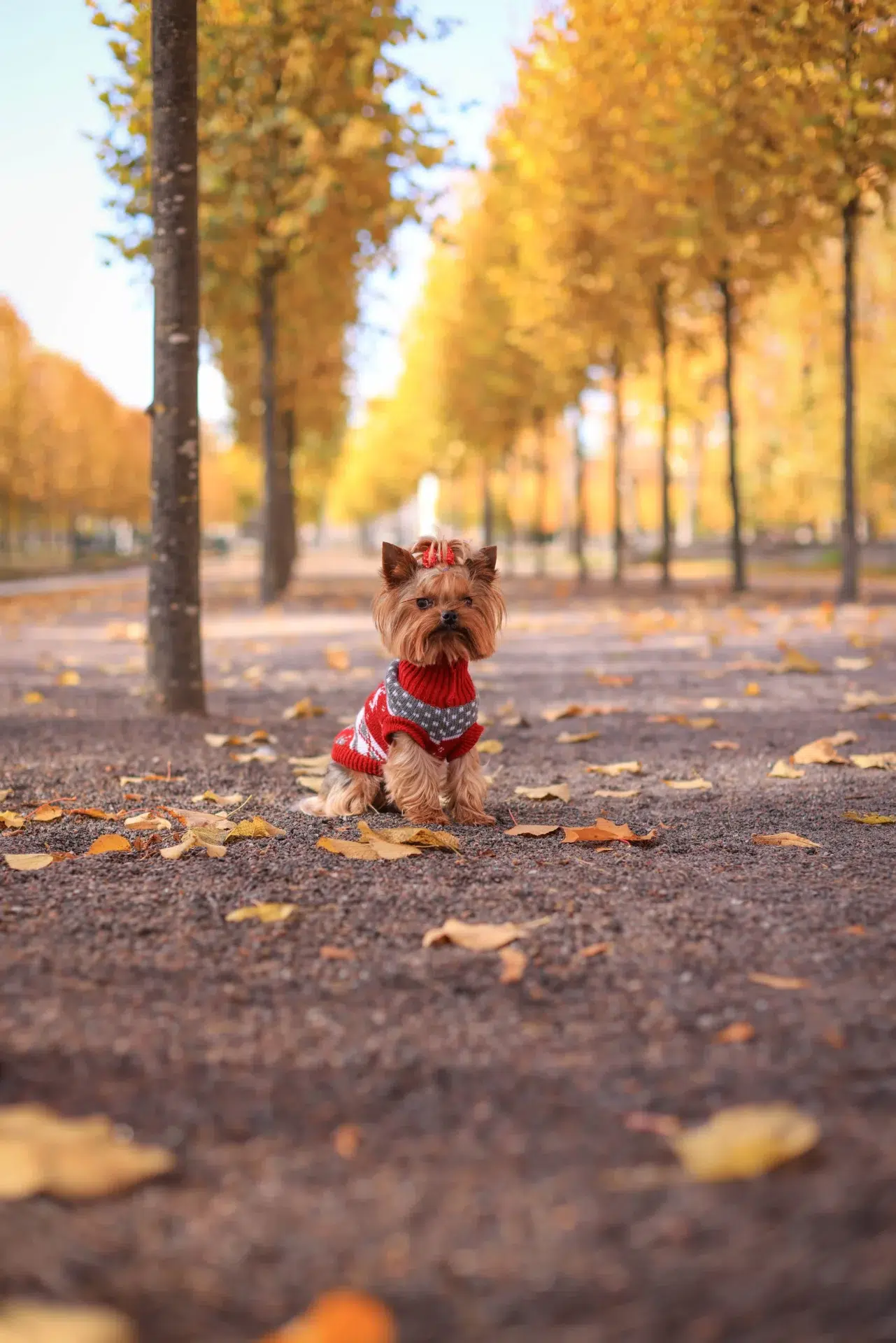
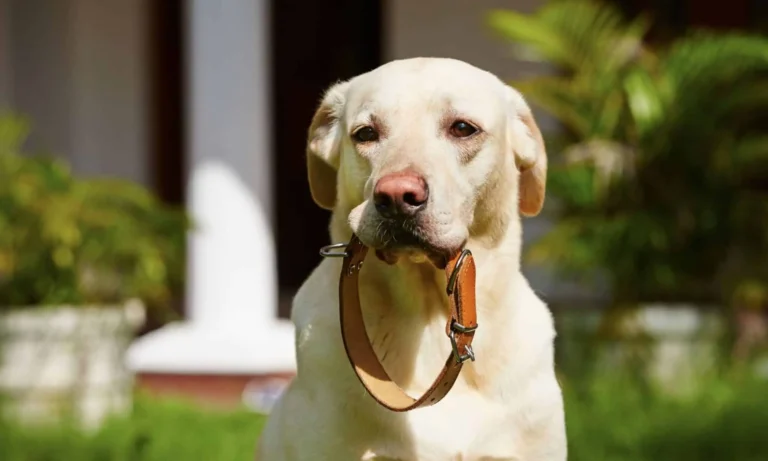

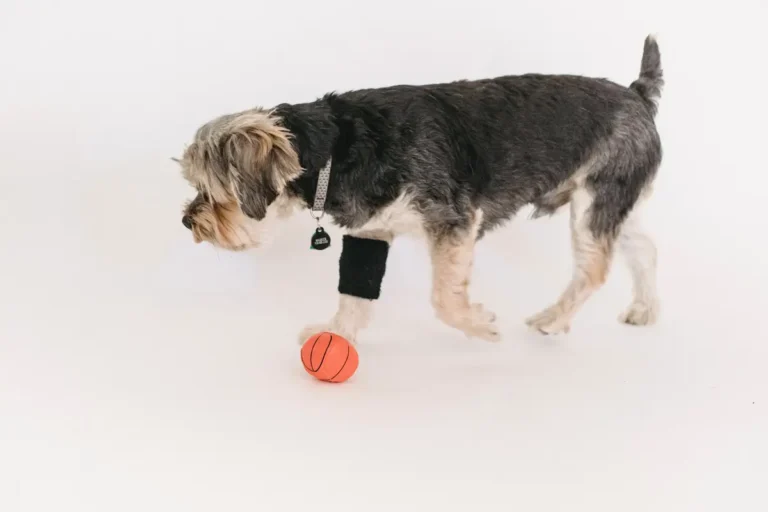


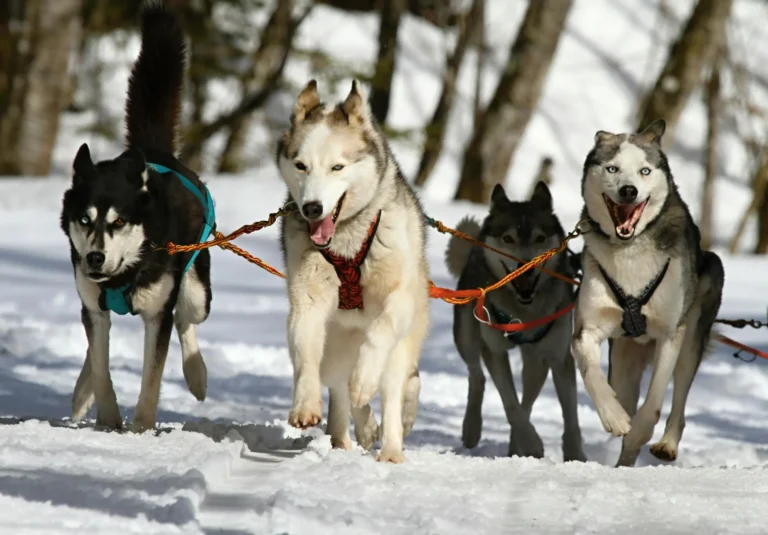
One Comment